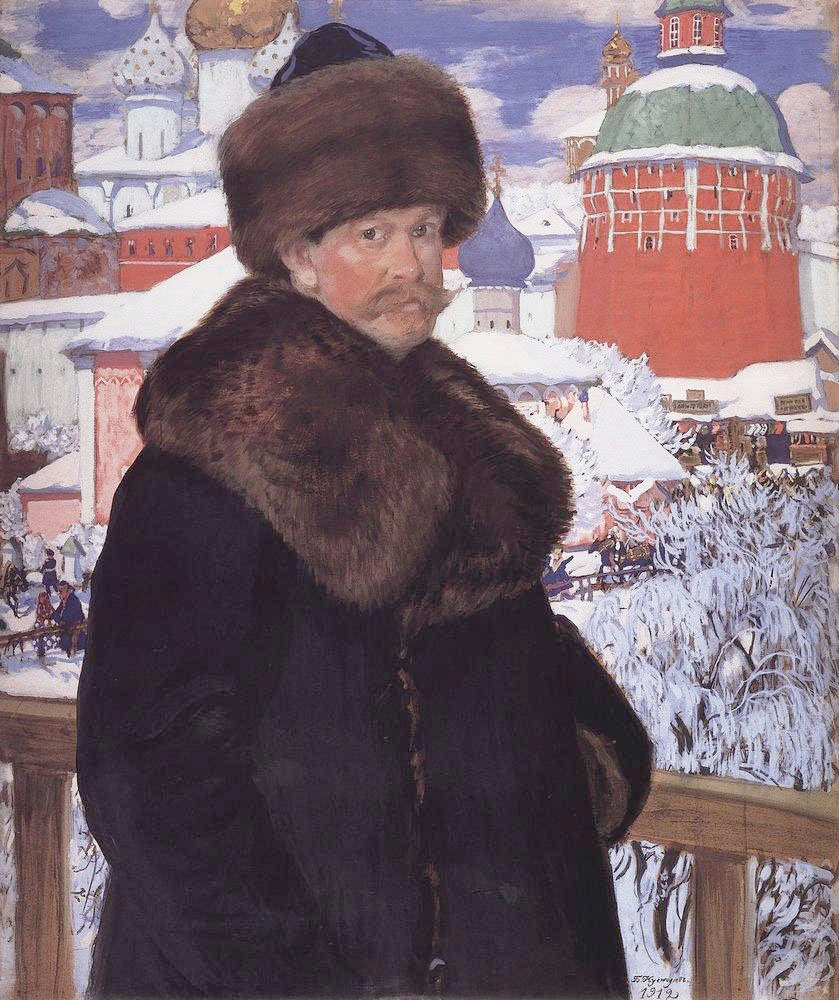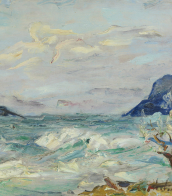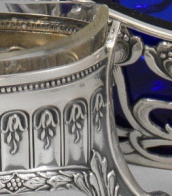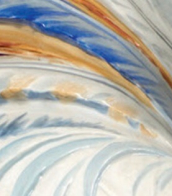alexander i.



Boris Mikhailovich Kustodiev (Russian: Бори́с Миха́йлович Кусто́диев) was a distinguished Russian artist and painter, celebrated for his vivid portrayal of the Russian culture and way of life. Born in Astrakhan in 1878, Kustodiev's artistic journey began at a young age, leading him to study under the renowned Ilya Repin at the Imperial Academy of Arts. His works, characterized by their rich color palette and intricate detail, capture the essence of Russia's social and cultural fabric during the early 20th century.
Kustodiev's art is notable for its depiction of Russian peasantry, landscapes, and bourgeois celebrations, embodying the spirit and vibrancy of Russian folklore and traditions. His paintings such as "The Merchant's Wife" and "Maslenitsa" are celebrated for their lush visual storytelling and are housed in prestigious museums, including the State Russian Museum in St. Petersburg. These works reflect Kustodiev's fascination with the Russian merchant class and traditional festive gatherings, showcasing his skill in blending realism with a folkloric charm.
Beyond painting, Kustodiev's contributions to theatre and book illustration further demonstrate his versatile talent and deep connection to Russian cultural heritage. Despite facing personal challenges, including a debilitating illness that confined him to a wheelchair, Kustodiev's prolific output continued unabated, leaving behind a legacy that continues to enchant and inspire. His ability to capture the beauty and complexity of Russian life has made his work invaluable to collectors and experts in art and antiques alike.
For those intrigued by the rich tapestry of Russian culture and history as depicted through the lens of one of its most celebrated artists, we invite you to sign up for updates. Stay informed on new product sales and auction events related to the illustrious works of Boris Mikhailovich Kustodiev. This subscription is your gateway to the vibrant world of Russian art, offering exclusive insights and opportunities for collectors and enthusiasts.




George Dawe was an English portrait artist, celebrated for his depictions of Russian military leaders. Born in 1781 in London, Dawe was a prodigy in engraving under his father's tutelage before shifting his focus to painting. He gained recognition at the Royal Academy of Arts and became a member in 1814.
Dawe's career reached international prominence when he moved to Saint Petersburg in 1819, following a commission from Tsar Alexander I. There, he created over 300 portraits for the Military Gallery at the Winter Palace, capturing the visages of Russia's elite during Napoleon's invasion. His works, praised for their historical value and artistic merit, are still displayed in the Hermitage Museum today.
Despite his death in 1829, Dawe's legacy persists, particularly in Russia, where he is regarded as a key figure in military portraiture. His works remain a significant part of cultural exhibitions and continue to attract scholars and art enthusiasts.
If you're fascinated by the rich history of art and the stories behind iconic portraits, consider signing up for updates on George Dawe. Stay informed about new sales and auction events that feature his masterful works. Your subscription will keep you connected to the world of historical art and its vibrant market.















































































